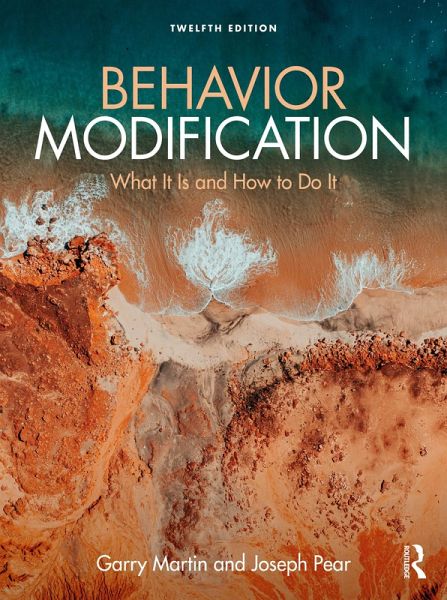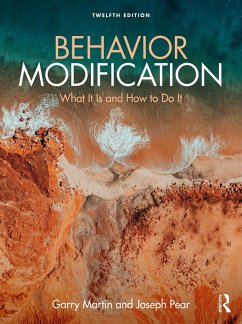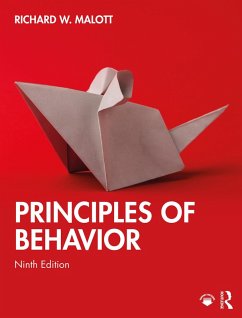
Behavior Modification (eBook, ePUB)
What It Is and How To Do It
Versandkostenfrei!
Sofort per Download lieferbar
142,95 €
inkl. MwSt.
Weitere Ausgaben:

PAYBACK Punkte
71 °P sammeln!
Behavior Modification is a comprehensive, practical presentation of the principles of behavior modification and guidelines for their application. It introduces forms of behavior modification ranging from helping children learn necessary life skills, to training pets, to solving personal behavior problems. It teaches practical "how-to" skills, including discerning long-term effects; designing, implementing, and evaluating behavioral programs; interpreting behavioral episodes; observing and recording behaviors; and recognizing instances of reinforcement, extinction, and punishment.The material i...
Behavior Modification is a comprehensive, practical presentation of the principles of behavior modification and guidelines for their application. It introduces forms of behavior modification ranging from helping children learn necessary life skills, to training pets, to solving personal behavior problems. It teaches practical "how-to" skills, including discerning long-term effects; designing, implementing, and evaluating behavioral programs; interpreting behavioral episodes; observing and recording behaviors; and recognizing instances of reinforcement, extinction, and punishment.
The material is presented in an engaging, readable format that assumes no prior knowledge of behavior modification or psychology. Specific cases and examples clarify issues and make the principles real. Guidelines throughout provide a ready source to use as a reference in applying the principles. Questions for Learning, an average of 25 per chapter, are included to support students in checking their knowledge of the material when preparing for tests and exams. Application Exercises are also included in most chapters to assist students in the development of the practical skills they will need to complete behavior modification projects effectively.
Behavior Modification is ideal for courses in Behavior Modification, Applied Behavior Analysis, Behavior Therapy, the Psychology of Learning, and related areas; and for students and practitioners of various helping professions-such as clinical psychology, counselling, education, medicine, nursing, occupational therapy, physiotherapy, psychiatric nursing, psychiatry, social work, speech therapy, and sport psychology-who are concerned directly with enhancing various forms of behavior development.
The material is presented in an engaging, readable format that assumes no prior knowledge of behavior modification or psychology. Specific cases and examples clarify issues and make the principles real. Guidelines throughout provide a ready source to use as a reference in applying the principles. Questions for Learning, an average of 25 per chapter, are included to support students in checking their knowledge of the material when preparing for tests and exams. Application Exercises are also included in most chapters to assist students in the development of the practical skills they will need to complete behavior modification projects effectively.
Behavior Modification is ideal for courses in Behavior Modification, Applied Behavior Analysis, Behavior Therapy, the Psychology of Learning, and related areas; and for students and practitioners of various helping professions-such as clinical psychology, counselling, education, medicine, nursing, occupational therapy, physiotherapy, psychiatric nursing, psychiatry, social work, speech therapy, and sport psychology-who are concerned directly with enhancing various forms of behavior development.
Dieser Download kann aus rechtlichen Gründen nur mit Rechnungsadresse in A, B, BG, CY, CZ, D, DK, EW, E, FIN, F, GR, HR, H, IRL, I, LT, L, LR, M, NL, PL, P, R, S, SLO, SK ausgeliefert werden.













